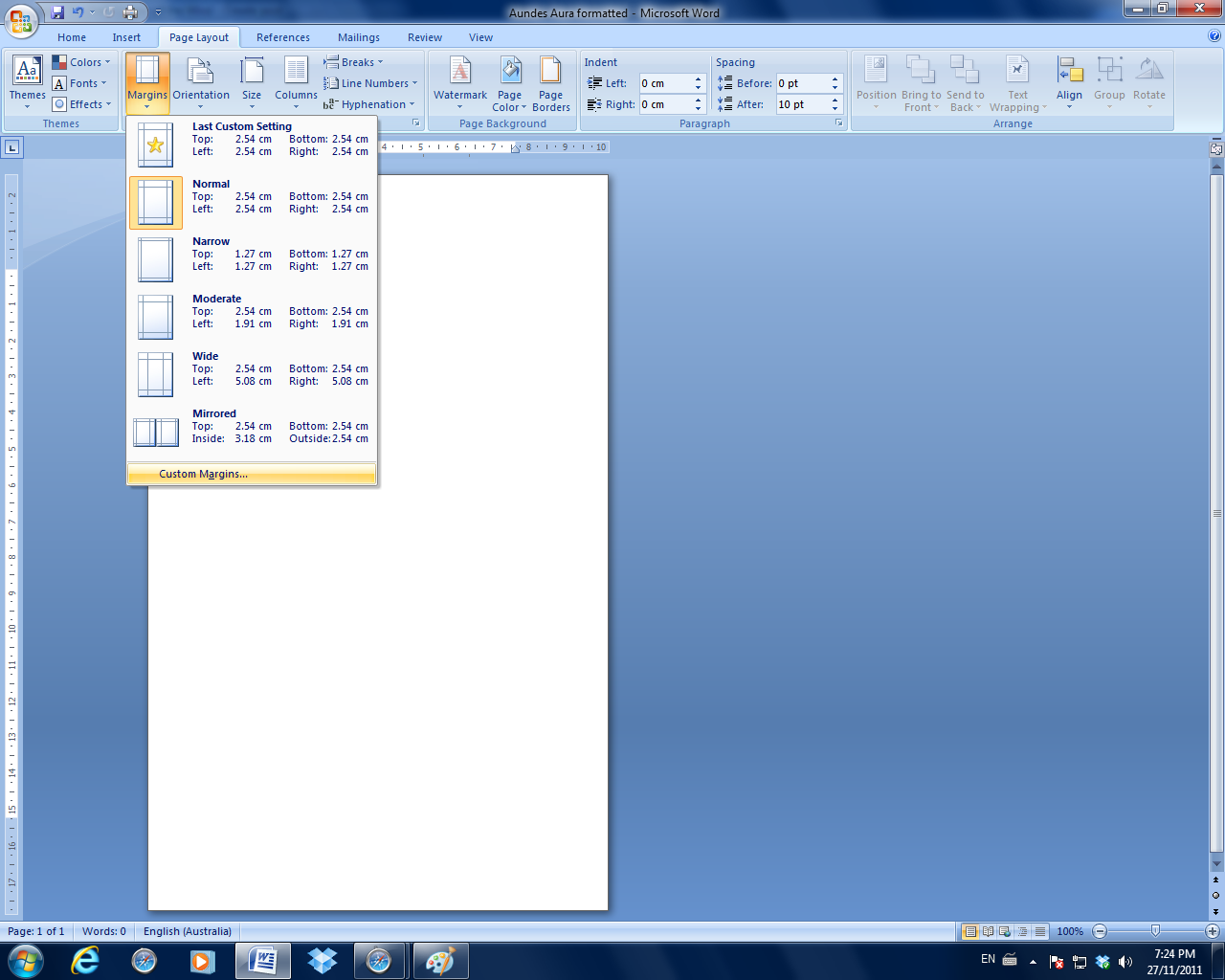

The difference between portrait and landscape page orientations.Īfter you have configured the Page Setup settings, select File > Print. Landscape – Presents the view so that it is oriented horizontally Portrait – Presents the view so that it is oriented vertically – Use the page orientation that is already specified by the printer. Page Orientation - Specify how you want the view oriented on the printed page. If you have a really wide view that is not very tall, you can specify three pages across by one page down. Select the number of printed pages across and down. To the specified percentage of its original size.įit to – Scales the view to fit within the specified area. Select fromĪutomatic – Scales the view automatically based on the paper size. To fit within a single page or print across multiple pages. The workbook to Tableau Cloud or Tableau Server. The page orientation settings are used as the default when you publish Only printed documents, not exported images or PDFs. Right margins by typing values into the text boxes.Ĭentering - Optionally, select whether toĬenter the view horizontally or vertically-or both-on the page. Legends, select how you want the legends to appear on the Legend Layout - If you include one or more Pages Shelf - If the view uses the Pages Shelf, specify whether to print the current page or all pages. Repeat headers and legends on each page - adds table row and column headersĪt the top of each printed page when a view breaks across several pages.īreak pages on pane boundaries - prevents page breaks Headers and Breaks - Control the appearance of these table elements. Show - Show or hide the title, view, caption,Ĭolor legend, shape legend, size legend, and map legend. General settings (available for individual sheets, not dashboards) Worksheets can print with titles showing or hidden, with unique page orientation, and more. Page setup options for each worksheet in a workbook, For example, Go to File > Export to save for web or just save the screenshot with the new graphics.How you want the printed page to look using the Page Setup dialog box.Drag, expand or skew the shape around the area.Select the circle or other shape you’d like to use.Set the color you’d like to highlight the item with.Then once you have a screenshot ready, right click to open preview and do the following:

I recommend taking a screenshot of the window either using a browser extension or if you’re using Chrome on a Mac, you can take custom shape/size screenshots by holding down Shift > Command > 4. This tutorial is specifically for Preview on Mac but the same method and idea can be applied if you’re using a different program on mac or PC.

You can always include written directions as well, but this visual way of highlighting the item you’re talking about will get the point across and save time for both parties involved. I do this, if not daily, at least several times a week. Then you can send that over as a PDF, JPG or other image format to help save you a ton of time in the long run.
PRINT SELECTION MAC PREVIEW HOW TO
If you find yourself typing out directions, sending time consuming videos or wasting time trying to explain to client or colleagues how to do something, one handy trick is to take a screenshot and circle or highlight the item in question using the program Preview on Mac. In this quick but very handy tutorial, I’ll show you a trick that isn’t directly related to Divi, WordPress or even web design but has saved me soooo much time (and sanity) in my web design business which is How to Circle or Highlight Items in Preview on Mac.


 0 kommentar(er)
0 kommentar(er)
